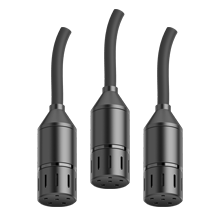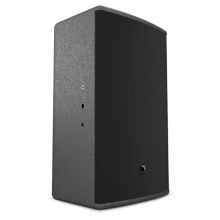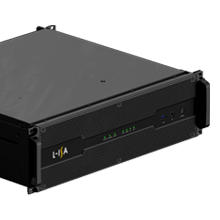Ambiance™
Connecting Sound & Space
Connecting Sound & Space
Transform any space with Ambiance™, a hybrid acoustic enhancement solution. This innovative technology allows you to completely control the acoustics of your venue, creating the perfect environment for intimate performances or amplified events. Ambiance™ goes beyond simply enhancing audio content; it crafts the ideal acoustic experience for your entire space.
Keeps the original sound clear and avoids artificial echoes.
Easily switch between different settings for any event.
Design a custom sound that fits the space.
Reduces noise fatigue for a better experience.
Encourages interaction with perfect acoustics.
Immerse the audience for a more impactful experience.
Swipe for more →

Capture
Ambiance uses an array of strategically placed microphones to capture the existing acoustic energy.

Amplify
Creates a new acoustic environment through an immersive multichannel loudspeaker system.

Process
Microphone inputs are processed with the powerful DSP of the L-ISA Room Engine.
A complete solution made from the L-Acoustics Ecosystem: Software, Electronics, and Loudspeakers.